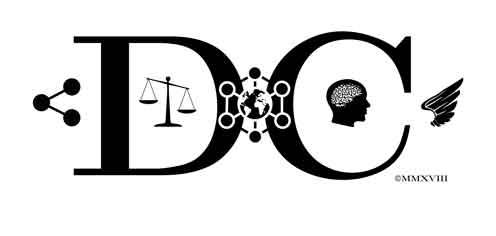I am not a GIS professional (GIS stands for Geographic Information System). Lucky for me, here, no one is an outsider to the GIS community. The warmly inclusive atmosphere of the New England chapter of URISA’s conference isn’t the only reason that someone from outside the profession can feel at home; they’ll be quick to find it familiar technology. Pull up a google map for directions, use an app to track the spread of Covid, even just to play Pokemon, you need GIS. This is your life. My life. GIS is integral to the fabric of digital age existence, and there’s a quest to understand how to help people appreciate this. The commitment to educational objectives is not only evident in NEURISA’s support for National Geographic’s initiative to teach GIS skills to one million teachers over the next five years, throughout the conference, the question circulates “What’s your GIS aha moment?”
NEURISA President, Jay Metzger’s, laid back, loquacious manner sets a strategically disarming tone. Participants engage in friendly banter but are cleverly drawn out to consider urgent critical questions about the consequences of GIS in a digital age. In the session on climate change, the moderator asks how GIS professionals can fight misinformation. Watching the global battle royal for information integrity unfold, GIS professionals have clearly staked their position, arming themselves for the difficult fight ahead. These are the people, questions, discussions, and ideas we need if we are to survive.
I decide to take part in the Mapathon: a crowd sourced initiative to identify landmarks on maps that can assist in humanitarian efforts. The event is hosted via zoom, and it’s not long before people’s home lives become apparent; with children wandering in and out of shots and settling in front of their parent’s computers to try the mapping themselves. There’s a lot of laughter and chatter, sharing of ideas, and random discussions. My boyfriend’s teenage son has decided to take part and is interested by the idea that GIS is applicable to so many facets of life. It’s the sort of task that will be replaced by algorithms in a few years: programs able to readily decode information and identify landmarks and buildings without the need for user input, and likely less error.
But the automation of such processes means losing more than enjoyable social connections, or the potential of learning something new for participants. The key issue here is summed up in this year’s choice of Keynote speaker, Rebekah Jones: a whistle-blower who discusses the importance of protecting data integrity. There is a tacit recognition among attendees that it’s the people in the system that prevent data from being misused, misappropriated, and miscommunicated: the professionals that step in and make sure that information is presented clearly and correctly, whatever the price.
In a world where AI data processes have come under increasing scrutiny for their built-in biases and vulnerability to being exploited, it’s important to ask who has stewardship of these information systems? It suggests that for GIS professionals, their most important role may be yet to come, as technology takes centre-stage, it is the humans fighting to make sure that data is used ethically and intelligently that needs to be at the fore of all we do.
In his opening remarks for the conference, Metzger stressed the critical value of ethics and integrity in our data. “If being insubordinate is the right thing to do, then sign me up.” It’s not a flippant remark. During the Mapathon, when professionals speak more informally, Metzger discusses the complexity of facing the repercussions of such actions. There’s an awareness in the assembled company of the increasing challenges that GIS practitioners experience in the professional landscape. This is not simply because the threat of AI takeover looms over the sphere. For GIS specialists, data integrity sits at the core of a passionate devotion to duty that values developing trust through serving others as the primary obligation of professionals, embodied in a code of conduct that privileges the integrity of information and asks practitioners to “commit themselves to ethical behavior rather than merely seeking to avoid specific acts”.
My own research is on digital civics, exploring how new technologies and scientific advancements spur changes in the way we view the world and in our ethical approaches, and how they impact our everyday lives and interactions with one another. The deeply held regard for data integrity, and the need to defend ethical codes of conduct is central to this work. It’s clear these aims are shared with the GIS community: the development of key technological skills that must be underscored by a strong commitment to data ethics, if we are to formulate a healthy society. According to Oxford philosopher Luciano Floridi, in his discussion of the Philosophy of Information, our technology leads human beings to understand themselves as informational entities. If this is so, then never before have data integrity and ethics been so important. It’s clear that GIS professionals have a powerful contribution to make in the way they professionally model this integration of ethics and technology in everyday practice. In the coming world of AI and automation GIS professional’s greatest skillset may be their ethical one, and in this regard, NEURISA seems to be in very good hands.
Image by Gordon Johnson from Pixabay


